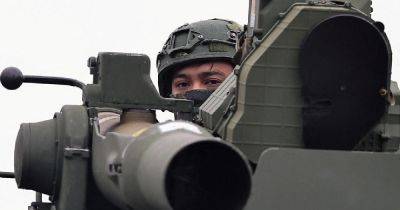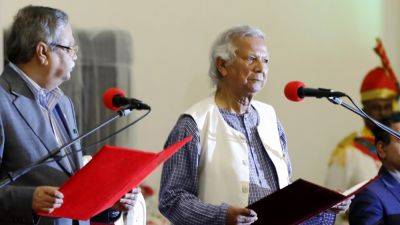Lebanon has long made survival an art form
I first visited Lebanon in 1978, three years into the civil war and six years before Theodore Ell was born.
I mention this because, despite the fact our experiences of this fascinating country were at different times, his impressions and judgements in his excellent new book “Lebanon Days” – which spans the tumultuous period from 2018 to 2021 – accord very much with my own.
At the time of my first visit, I was studying Arabic in Cairo at the behest of the Australian Department of Foreign Affairs. DFA (no “T” on the acronym in those days) was seeking to increase its Middle East expertise in the wake of the massive rise in oil prices engineered by Gulf oil producers following the 1973 Arab-Israeli war.
My department had approved the trip to enable me to broaden my knowledge of the Middle East and to practice Arabic in different environments where that devilishly difficult language is spoken. This was travel on the cheap through Lebanon, Syria and Jordan over three weeks – using “service” taxis (taxis with several passengers) and staying in hotels that would struggle to earn half-star ratings.
The point was to have full immersion in environments where little or no English was spoken, and I would have to make myself understood in Arabic for all the practicalities of daily life.
Beirut: a city divided
Before flying to Beirut, I had consulted books on the region in the Cairo embassy’s library. Those on Lebanon predated the civil war. I was struck by the beauty of Beirut’s center – particularly Martyrs’ Square (which features several times in Ell’s book), pictured with large palm trees on its eastern and western sides.
At Beirut airport, just south of the city, I hailed a taxi and asked the driver in fus’ha (formal) Arabic to







